|
Human occupation of the greater Yellowstone area seems to follow environmental changes of the last 15,000 years. How far back is still to be determined— there are no known sites in the park that date to this time—but humans probably were not using this landscape when glaciers and a continental ice sheet covered most of what is now Yellowstone National Park. The glaciers carved out valleys with rivers that people could follow in pursuit of Ice Age mammals such as the mammoth and the giant bison. The last period of ice coverage ended 13,000 to 14,000 years ago. Sometime after that, but before 11,000 years ago, humans were here on this landscape. Archeologists have found physical evidence of human presence in the form of distinctive stone tools and projectile points. From these artifacts, scientists surmise that they hunted mammals and gathered berries, seeds, and plants. 
NPS As the climate in the Yellowstone region warmed and dried, the animals, vegetation, and human lifestyles also changed. Large Ice Age animals that were adapted to cold and wet conditions became extinct. The glaciers left behind layers of sediment in valleys in which grasses and sagebrush thrived, and pockets of exposed rocks that provided protected areas for aspens and fir to grow. The uncovered volcanic plateau sprouted lodgepole forests. People adapted to these changing conditions and were eating a diverse diet including medium and small animals such as deer and bighorn sheep as early as 9,500 years ago. This favorable climate would continue more than 9,000 years. Evidence of these people in Yellowstone remained uninvestigated long after archeologists began excavating sites elsewhere in North America. Archeologists used to think high-elevation regions such as Yellowstone were inhospitable to humans and, thus, did little exploratory work in these areas. However, recent research in the park has located archaeological sites at high elevations, with several sites over 11,000 feet above mean sea level (AMSL). Today, archeologists study environmental change to better understand human uses of areas such as Yellowstone through time. More than 2,000 archeological sites have been documented in Yellowstone National Park, with the majority dating to the Archaic period, spanning from about 8,000 to 1,500 years ago. Obsidian from several sources in the park was used as toolstone. Sites contain evidence of an increase in hunting a wide variety of game, including bison, bear, deer, sheep and goats, felines, rabbits, birds, and other small game. Campsites and trails in Yellowstone also provide evidence of early use. Some of the trails used in the park today have likely been used by people since the Paleoindian period. 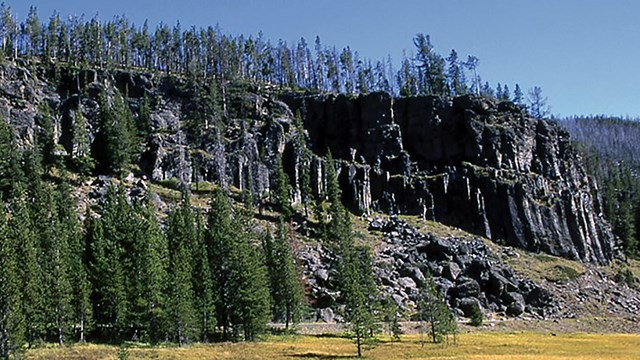
Obsidian Cliff
Obsidian was first quarried from this cliff for toolmaking more than 11,000 years ago and gradually spread along trade routes. 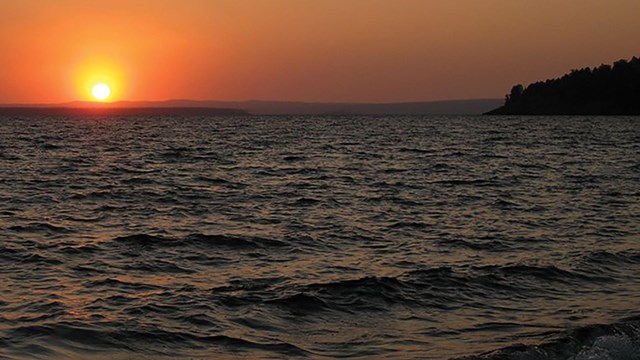
Yellowstone Lake
The earliest intact archeological deposits in the park have been found at a site on the shore of Yellowstone Lake. 
NPS Increased UsePeople seem to have increased their use of the Yellowstone area beginning about 3,000 years ago. During this time, people deepened their reliance on bison hunting. Technological innovations during this period in the Greater Yellowstone Ecosystem include use of tipis as the main form of shelter, bison jumps and corrals, sheep traps, and evidence of widespread trade across North America. Bow and arrow technology, adopted after 1,500 before present (BP), replaced the atlatl, or spear-thrower, that had been used for thousands of years. The number of radiocarbon dates in the park rapidly increases in the park after 1,500 BP, with a peak between 1,200 and 1,000 BP. This increased use of Yellowstone likely occurred when the environment was warmer, favoring extended seasonal use on and around the Yellowstone Plateau. Archeologists and other scientists are working together to study evidence such as plant pollen, landforms, and tree rings to better understand how the area’s environment changed over time. Some of the historic peoples from this area, such as the Crow and Sioux, arrived sometime during the 1500s and around 1700 CE, respectively. Prehistoric vessels known as “Intermountain Ware” have been found in the park and surrounding area, and these link the Shoshone to the area as early as approximately 700 years ago. 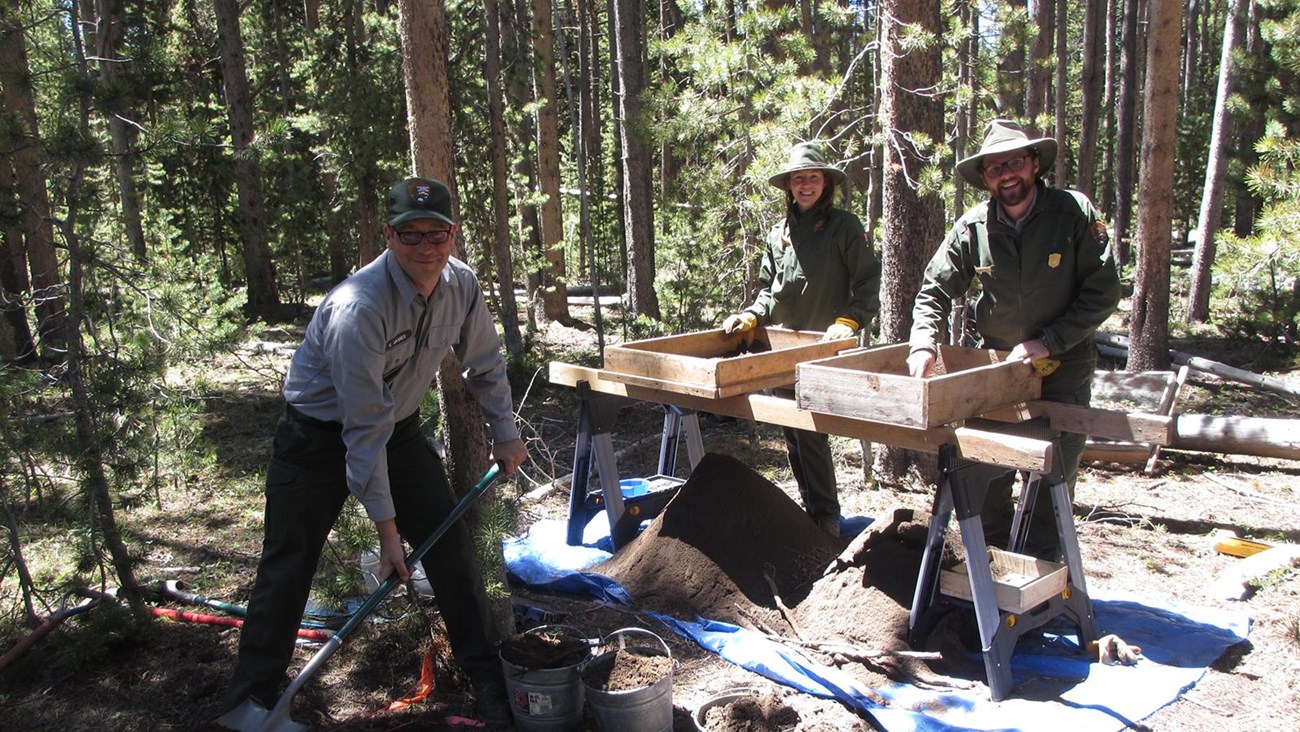
Archeology
Archeological resources are the primary and often only source about humans in Yellowstone. 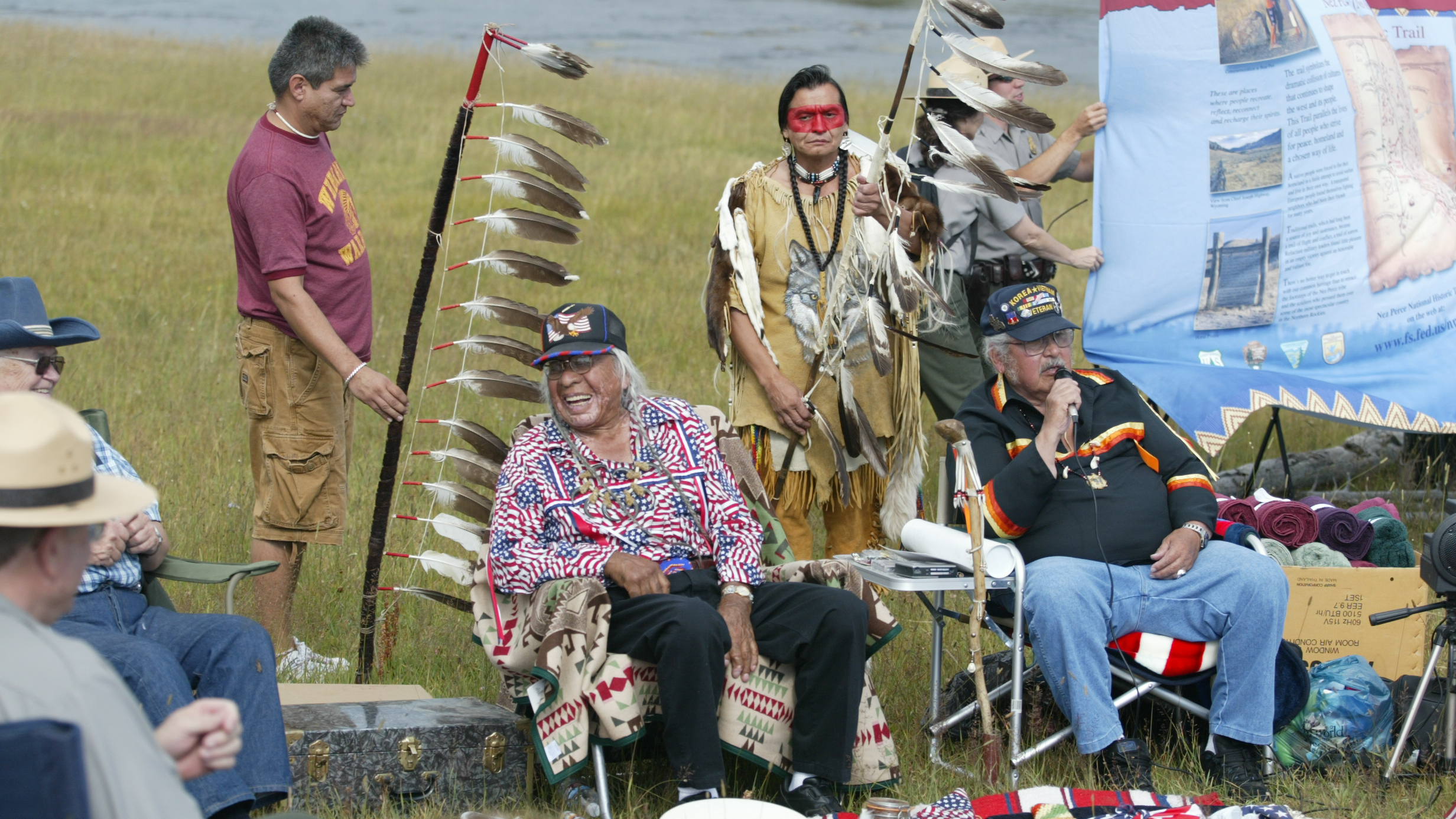
Timeline of Human History in Yellowstone
The human history of the Yellowstone region goes back more than 11,000 years. 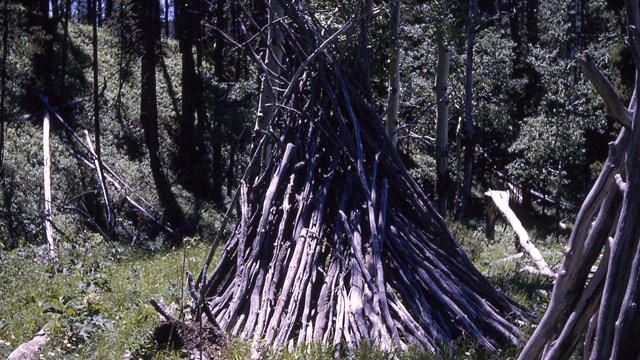
Historic Tribes
Many tribes have a traditional connection to this region and its resources. 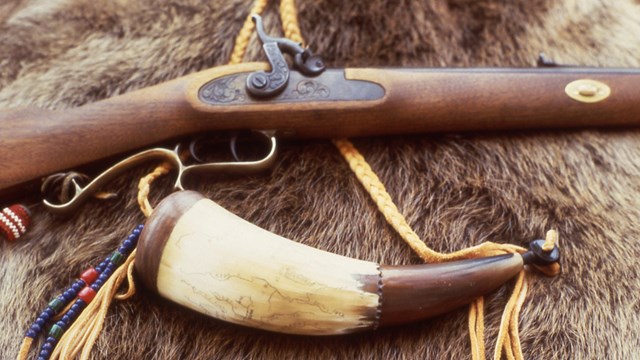
European Americans Arrive
In the late 1700s, fur traders traveled the Yellowstone River in search of Native Americans with whom to trade. 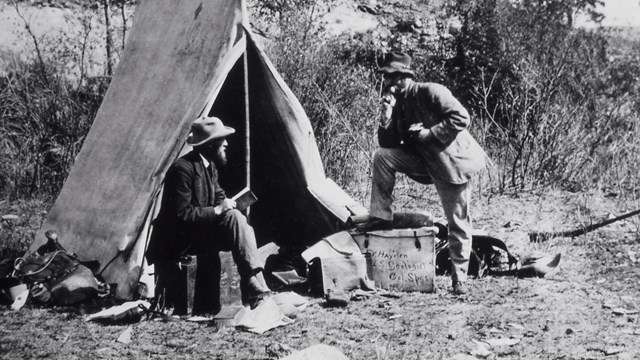
Expeditions Explore Yellowstone
Formal expeditions mapped and explored the area, leading to the nation's understanding of the region. 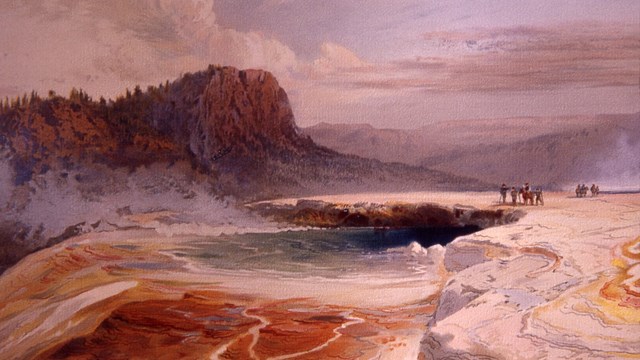
Birth of a National Park
Learn about Yellowstone's early days as a national park. 
Modern Management
Managing the national park has evolved over time and dealt with some complex issues. 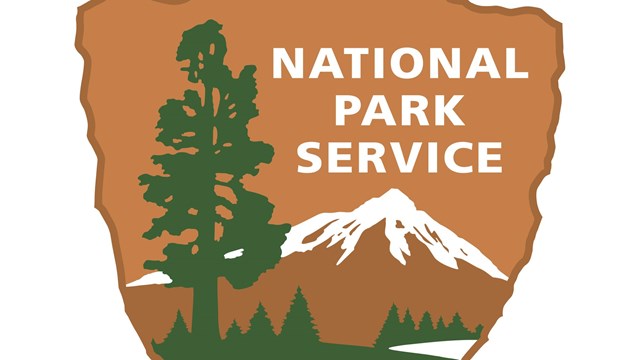
Today's National Park Service
The National Park Service manages over 80 million acres in all 50 states, the Virgin Islands, Puerto Rico, Guam, and American Samoa. 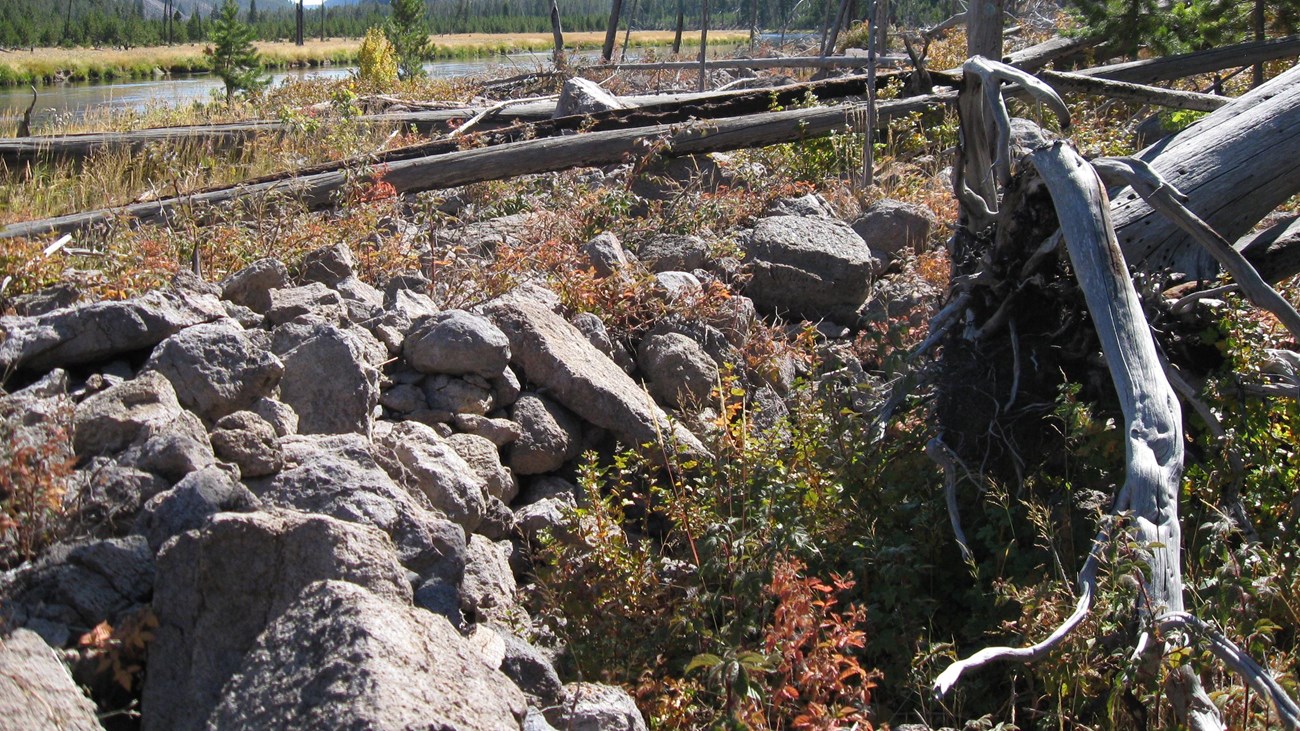
Park History
Learn about Yellowstone's story from the earliest humans to today. |
Last updated: April 18, 2025
